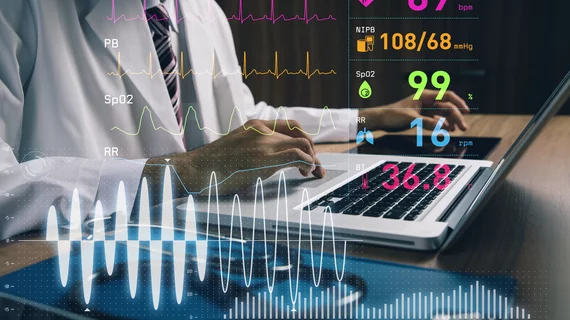A new career to help radiologists manage imaging data growth: the medical image analyst
Radiologists are becoming saddled with increasing amounts of imaging data, particularly as the field seeks to embrace artificial intelligence. This growth is pushing some experts to call for a new radiology career pathway to help keep pace.
Two Brazilian doctors suggested including a medical image analyst into daily imaging workflow in a letter published by Academic Radiology. With a strong information technology and health sciences background, these professionals could solve problems related to quantitative imaging and health informatics.
AI-based medical image analysis is a complex field, the authors noted, and needs the full dedication most radiologists don’t have time for.
“Radiology professionals have to deal with increasing amounts of imaging data which imposes limitations on clinical practice and hinders decision-making,” Paulo Mazzoncini de Azevedo-Marques, PhD, and José Raniery Ferreira Jr., PhD, both with the University of Sao Paulo in Brazil, wrote March 14. “We suggest including a medical image analyst in the clinical radiology workflow.”
The pair sent their letter to the editor in response to a survey published last year which found that while imaging providers are embracing AI, many lack technological understanding. Nearly 85% said they did not see AI playing a key role in the radiology routine, potentially due to a lack of educational resources, the study authors hypothesized.
Azevedo-Marques and Ferreira Jr. advocated for designing new educational resources, pointing out that some are already prepping potential image analysts, including Stanford University and the University of Edinburgh Medical School, among others.
These new radiology team members could address many specific imaging questions, the pair explained. Such as which features may distinguish vertebral compression fractures in MRI scans or how an automated segmentation pipeline may spot inflammatory patterns in radiography images.
Importantly, the authors of the original 2020 study penned their own editorial, which was shared last month in Academic Radiology. They liked the idea of hiring medical image analysts to collaborate with radiologists. They added, however, that such roles are not properly defined within many hospitals.
The team suggested universities work with radiology departments to consolidate the clinical internship or training aspect and enhance collaboration.

